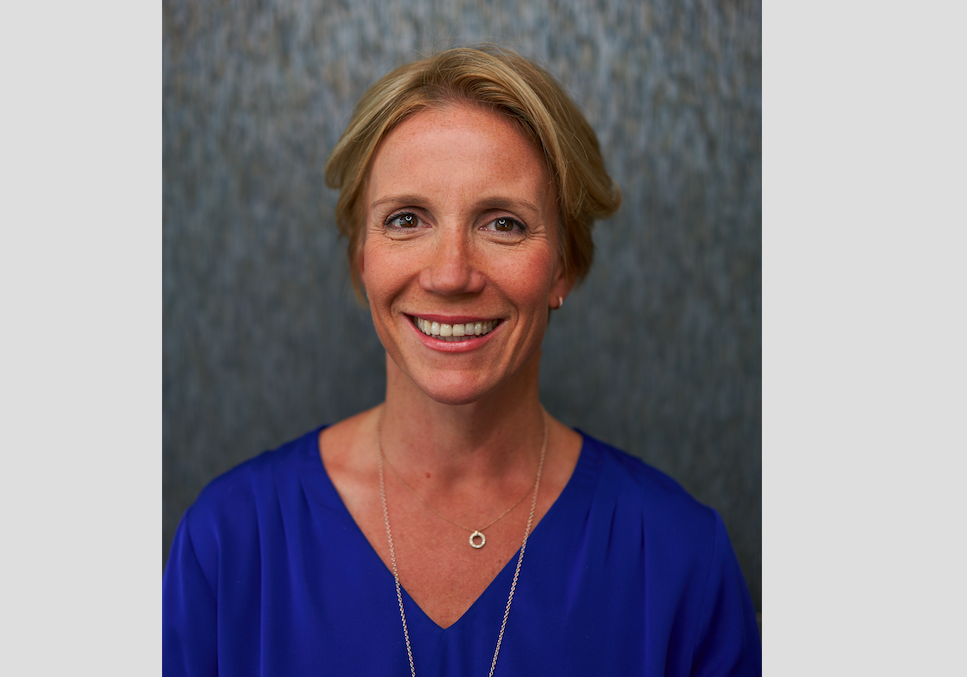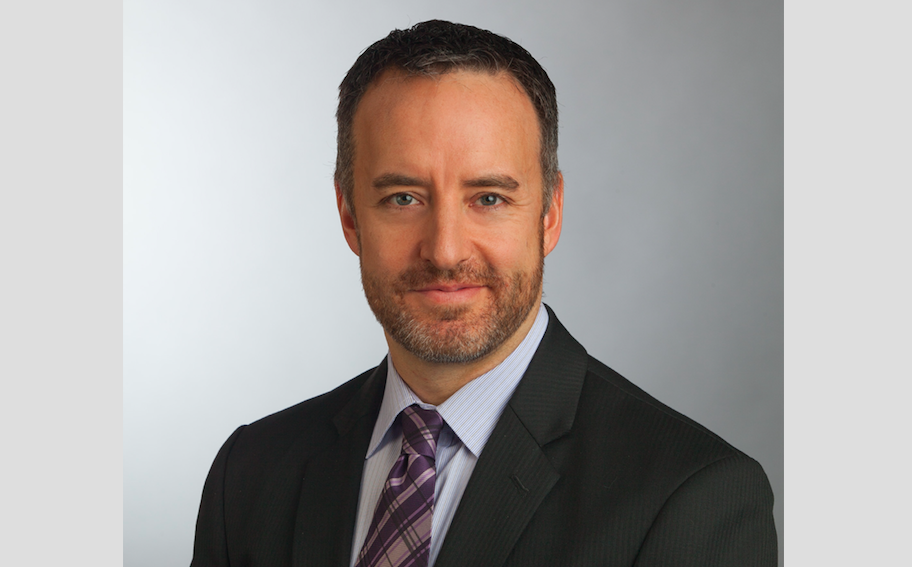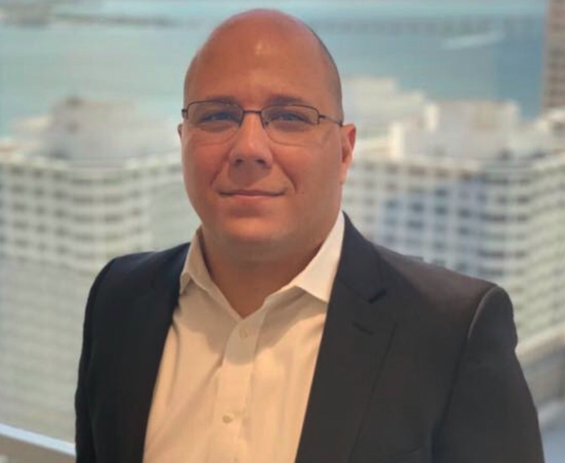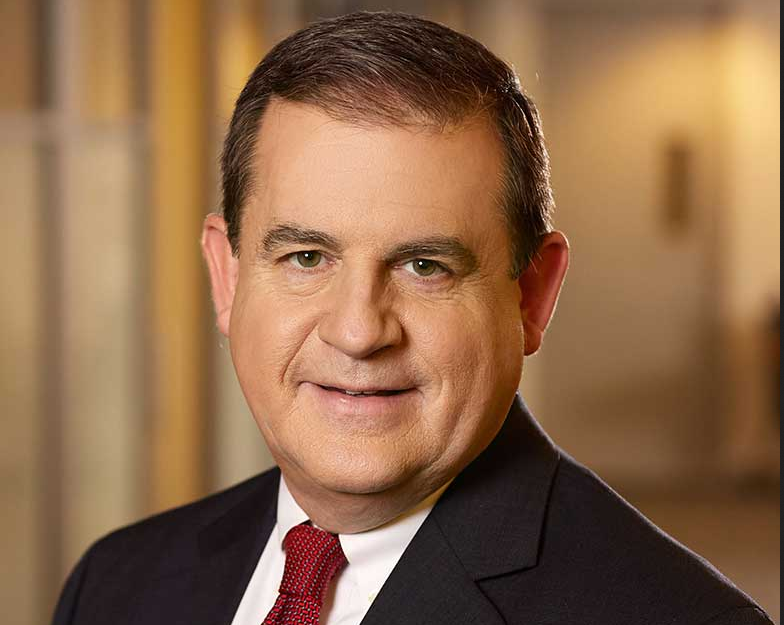Juan Pablo Galán: LatAm´s Appetite for Global Investment Solutions From the USA is Increasing
| For Gabriela Huerta | 0 Comentarios
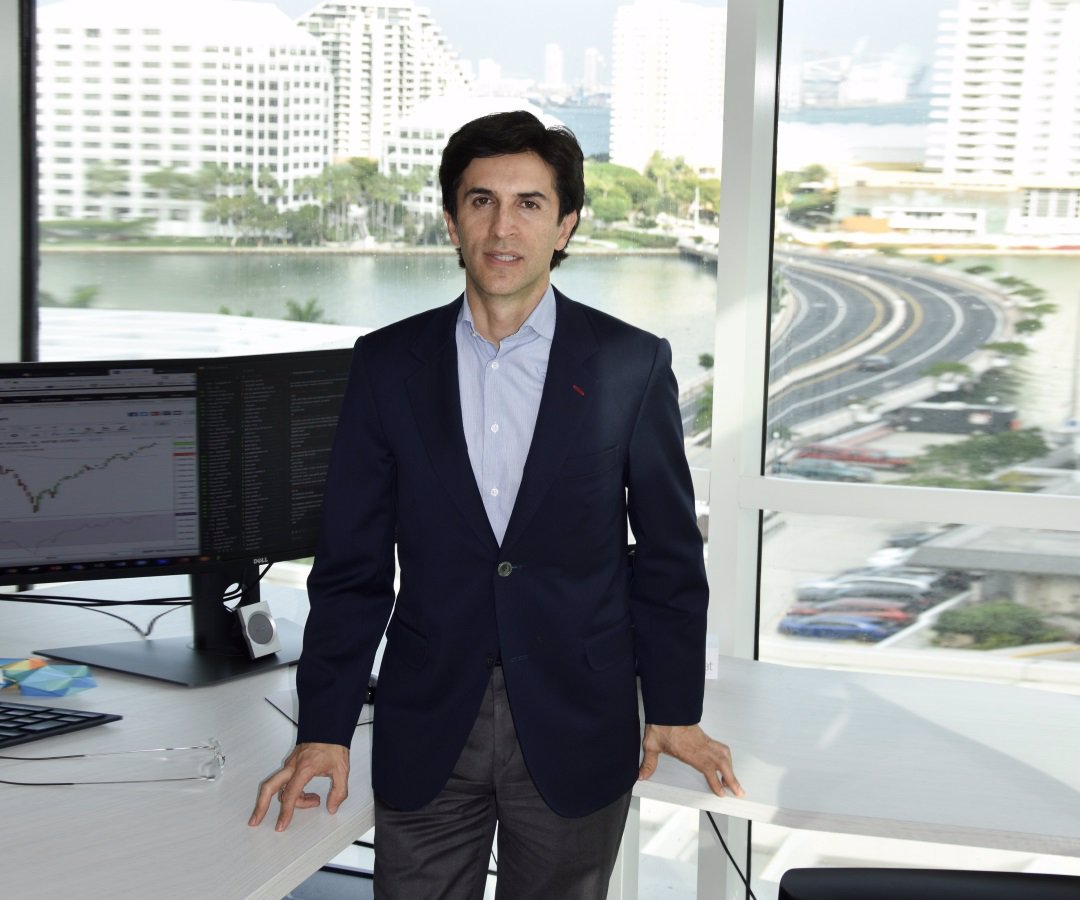
Credicorp Capital Advisors, until this May Ultralat Investment Advisors, is better positioned than ever to serve Latin American clients who want to invest in the United States. According to CEO, Juan Pablo Galán, due to the current situation, “the appetite for this type of global investment solutions from the USA is increasing. We have been experiencing growing interest in recent weeks, given the uncertainty that is lived in the economies of Latin America due to this pandemic.”
Their RIA, which has already made its connection with Credicorp Capital, hired two portfolio managers, Fabiola Peñaloza and Gustavo Sorzano.
“With these appointments we complete strengthening the RIA team, with the aim of promoting and receiving from the different countries the different businesses related to this platform in the United States,” says Galán, adding that “Credicorp Capital is extremely interested in that its US Operation is a robust platform that allows serving all the clients that we currently have in the region, especially Colombia, Peru and Chile, in international investments.”
Peñaloza, who started her new role in early May told Funds Society that she feels “very happy to be back in the Credicorp group, it is going back home with old colleagues… I am very proud to have the opportunity to work again at a leading Latin American company in the financial industry, especially being part of the great team already present in Miami with the acquisition of Ultralat Securities.”
 Fabiola Peñaloza, who joined the firm as Portfolio Manager of the Multi-Family Office in the USA, within the Wealth Management unit, has 17 years of experience. She is a graduate of Finance and International Business from Nottingham Trent University (Italy) and has a Master’s Degree in Art History from Jorge T. Lozano University (Colombia). She previously worked at AMCS Group, Credicorp Capital Colombia, Standard Chartered Bank, Credit Agricole, BankBoston and Morgan Stanley.
Fabiola Peñaloza, who joined the firm as Portfolio Manager of the Multi-Family Office in the USA, within the Wealth Management unit, has 17 years of experience. She is a graduate of Finance and International Business from Nottingham Trent University (Italy) and has a Master’s Degree in Art History from Jorge T. Lozano University (Colombia). She previously worked at AMCS Group, Credicorp Capital Colombia, Standard Chartered Bank, Credit Agricole, BankBoston and Morgan Stanley.

Gustavo Sorzano, who joins as US Mandates Portfolio Manager, within the Asset Management unit, has 13 years of experience. He is an economist from the Javeriana University (Colombia), a treasury specialist from the IEB (Spain) and is an MBA candidate from the University of Miami (USA). The last 4 years he worked in the Investment Solutions unit of Ultralat Capital Markets (the broker-dealer). He was previously linked to Helm Comisionista de Bolsa, Credicorp Capital Colombia and Helm Bank.
A company ready with contingency plans
According to Juan Pablo Galán, “work at home has not affected the operation of the broker-dealer nor the RIA. We are companies in an industry and region that usually have solid contingency plans that make working at home an everyday thing.”
The manager adds that in these extraordinary times, they have maintained a very fluid communication with clients, “we have organized online events for clients, with external speakers to discuss topics of various kinds. We use traditional electronic channels and clients are even having more time to review their investments. That has made it easier for them to make investment decisions with a cool head and proper analysis.” He points out.
Advances with the merger process
Although, after Credicorp Capital made the purchase of Ultraserfinco in Colombia (which included Ultralat in Miami), the RIA did not require a merger, and as of May, Ultralat Investment Advisors changed its name to Credicorp Capital Advisors, Galan comments that ” the preparation of the merger of the two broker-dealers in Miami (Credicorp Capital Securities and Ultralat Capital Markets) has not been affected by this period of social distancing either.”
“Proceedings with the regulator continue as planned within what was established a few months ago, only remotely. The merger of the broker-dealers will still take a few months to be carried out. We are preparing everything the regulator requires for its review.” concludes Galán.

